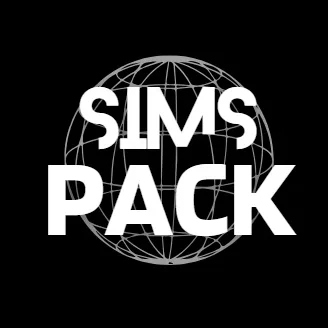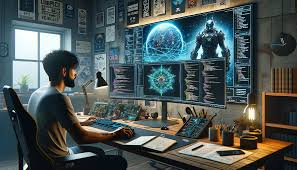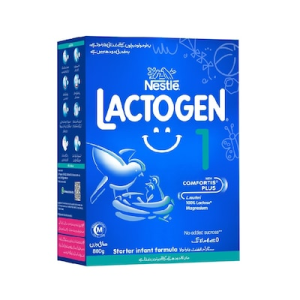In game development, a constant battle exists between visual fidelity and performance. An incredibly detailed asset is useless if it brings the game’s frame rate to a crawl. This is where game art optimisation becomes essential. It is the critical discipline of making game assets look their best while consuming the minimum amount of processing power.
Optimisation is not an afterthought; it is a core principle integrated throughout the entire art pipeline. A well-optimised game runs smoothly on a wider range of hardware, expanding its potential audience. For any game art company, mastering these techniques is fundamental to delivering a professional product. Let’s explore the key methods used to keep games running lean.
Managing Polygon Counts
Every 3D model is built from polygons. More polygons mean more detail but also a higher rendering cost.
- The Balancing Act: A core skill for an artist is using the minimum number of polygons required to define a model’s silhouette effectively.
- The Magic of Normal Maps: This technique is a cornerstone of modern game art. Details from a very high-polygon model are baked into a special texture called a “normal map.” When applied to a low-polygon model, it creates the illusion of high detail with excellent performance, a standard practice in professional game art services.
Level of Detail (LODs)
An object in the distance does not need the same detail as one right in front of the player. This is the principle behind Level of Detail (LOD) systems. Artists create several versions of an asset, each with a progressively lower polygon count. The game engine automatically swaps these versions based on the object’s distance from the camera, dramatically reducing the rendering load at any given moment.
Texture Optimisation: Size Matters
Textures are often the largest consumer of video memory (VRAM). Efficiently managing them is crucial for smooth performance.
- Texture Compression: Engines use algorithms to compress textures, significantly reducing their memory footprint with minimal impact on visual quality.
- Mipmaps: Similar to LODs for models, mipmaps are smaller, pre-calculated versions of a texture. The engine uses a smaller mipmap when an object is far away, improving performance and visual quality.
- Texture Atlasing: Combining textures from multiple small objects into a single larger texture sheet (an atlas) is more efficient. This reduces the number of “draw calls”—commands sent from the CPU to the GPU—which is a major performance bottleneck. This is a key strategy used in mobile game art outsourcing to manage tight memory constraints.
Why Optimisation Is a Core Service
Without proper optimisation, even powerful hardware would struggle. A high polygon count, uncompressed textures, and excessive draw calls lead to low frame rates and a poor player experience. Expert game art optimisation is an invisible art; when done well, the player only notices a game that is both beautiful and flawlessly smooth. This is a primary value proposition of any professional art outsourcing studio—delivering assets that are not only visually stunning but technically perfect for the target platform.
read more : Why Dive Bomb Gear Is Perfect for Traveling Hunters




